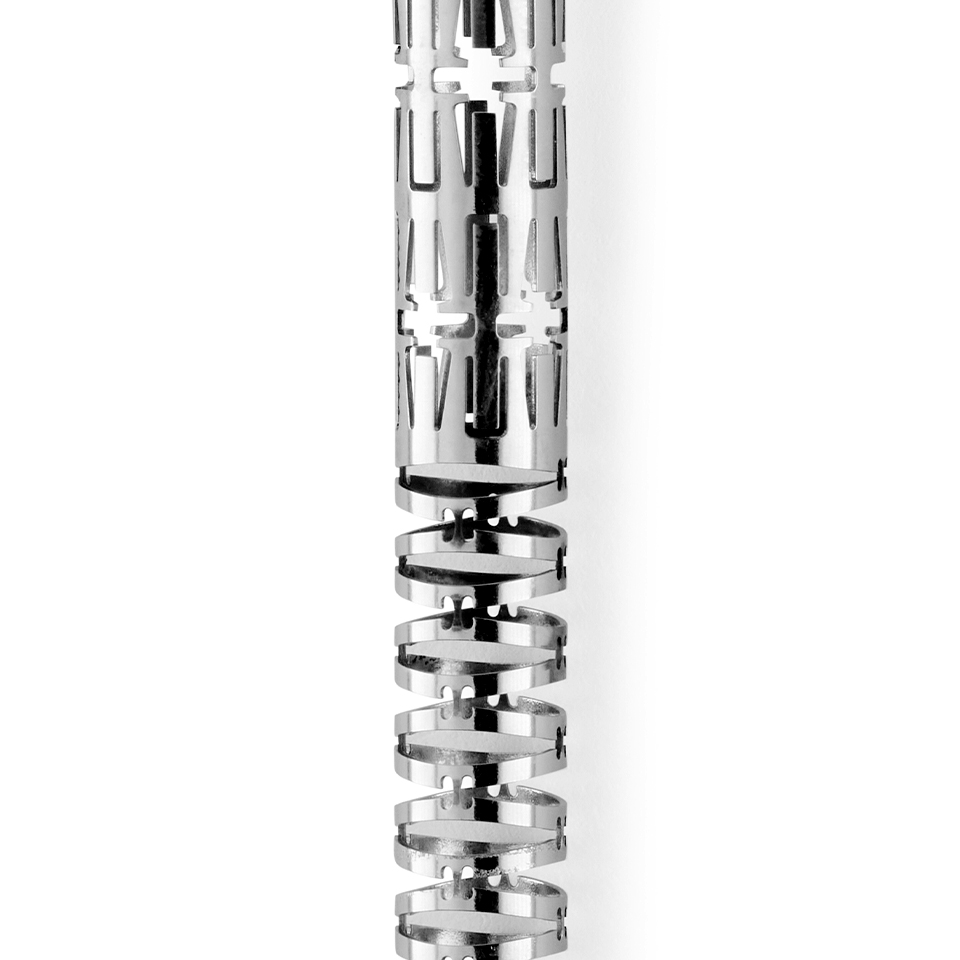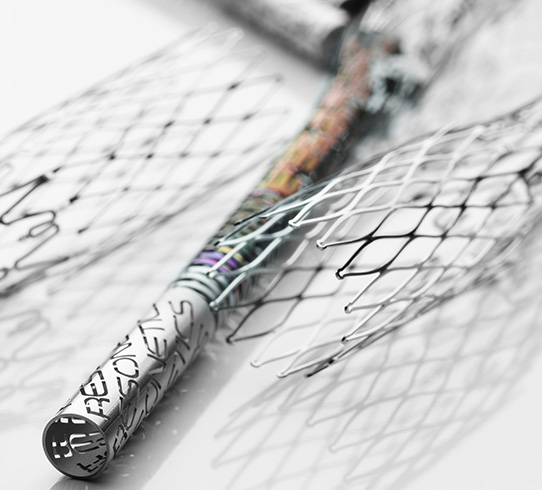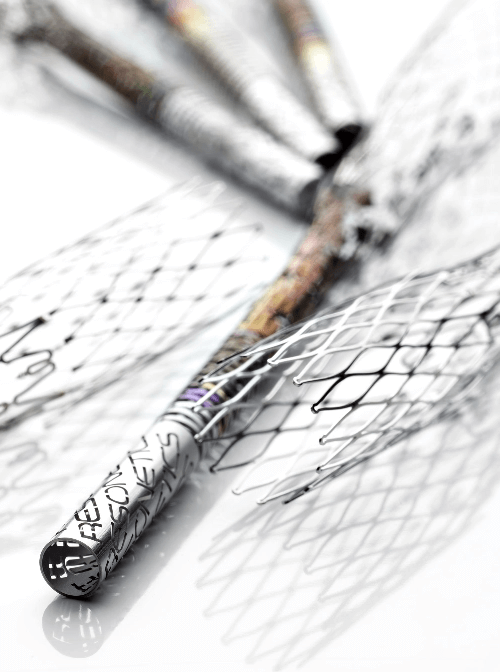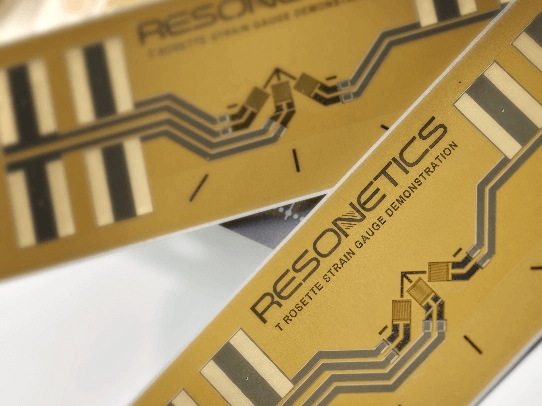We take a scientific approach to the art of nitinol electropolishing. Our innovative processes and technical know-how enable nitinol electropolishing solutions that exceed medical standards and lead the industry in quality and repeatability. No matter the shape or complexity of your nitinol parts, we can ensure they receive the flawless surface finishing your precision medical devices and technologies demand.

Nitinol Electropolishing
Nitinol Electropolishing Applications
Electropolishing nitinol enables engineers to achieve precision, highly finished, flawless surfaces for medical device components and implants, including:
- Heart valve frames
- Neurovascular flow retrieval stents
- Carotid stents
- Peripheral stents
- Biliary stents
- Delivery system components

Standard Nitinol Electropolishing Specifications
min | max
- Feature Sizes 0.012 mm | 10 mm
- Wall Thickness 0.012 mm | 0.1 mm
- Outside Diameter 0.0125 mm | 10 mm
If your application requires specifications outside of this range, please Contact us to discuss with the engineers in our Lightspeed Lab.
Medical Device & Technology Markets We Serve
Innovators developing groundbreaking medical devices rely on our nitinol electropolishing capabilities to create new technologies that advance treatment options and improve patient lives. Our electropolishing is used in many different market applications, including:
- Neurovascular
- Ophthalmic
- Structural heart
- Diabetes
- Electrophysiology
- Peripheral vascular
- Minimally invasive surgery
- Robotic surgery
- Neuromodulation
- Sports medicine
Frequently Asked Questions About Nitinol Electropolishing
- Can you electropolish nitinol?
Electropolishing effectively improves nitinol surface quality, increasing smoothness and corrosion resistance. It’s an electrochemical process crucial to enhancing biocompatibility, especially in medical applications. - What effect does electropolishing have on nitinol?
Electropolishing has several positive effects on nitinol. It results in a smoother surface finish, enhancing the aesthetic and functional qualities of the material. It also improves nitinol’s corrosion resistance by removing surface contaminants and oxides. - What’s the difference between electropolishing and passivation?
While they’re both surface treatment processes, electropolishing offers a broader range of benefits. Electropolishing is an electrochemical method that smooths a metal’s finish, corrosion resistance, and biocompatibility. On the other hand, passivation is a chemical process that removes free iron and iron compounds. Electropolishing is thirty times more effective than passivation for preventing corrosion.1
1. https://www.ableelectropolishing.com/resources/passivation-vs-electropolishing/
Knowledge Center



